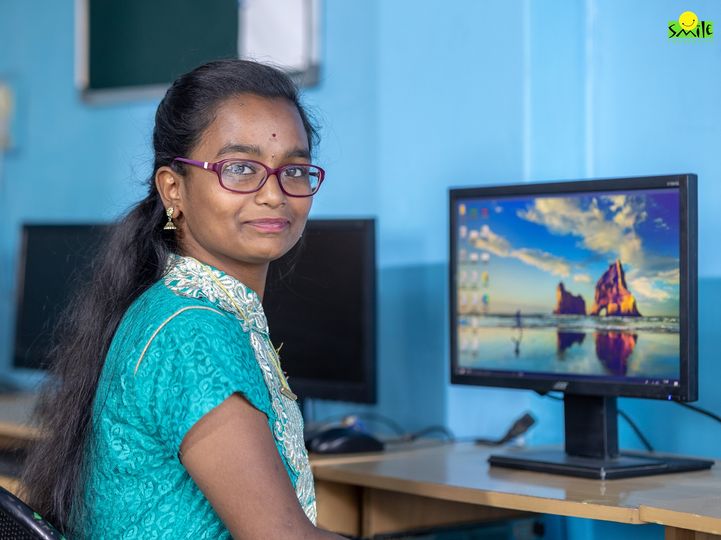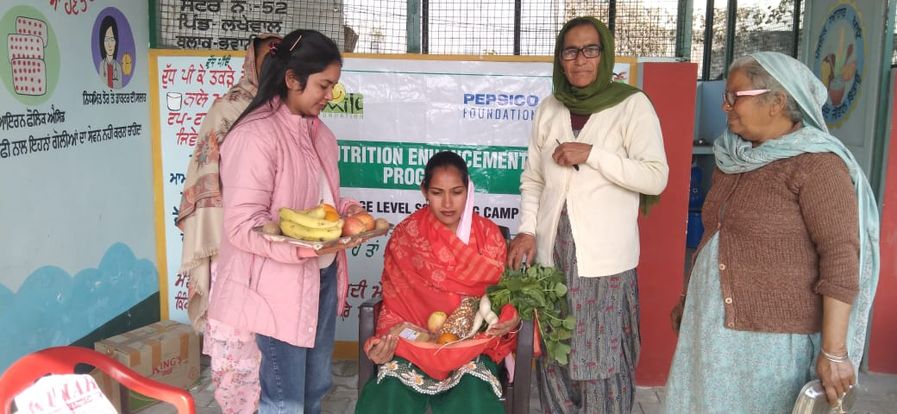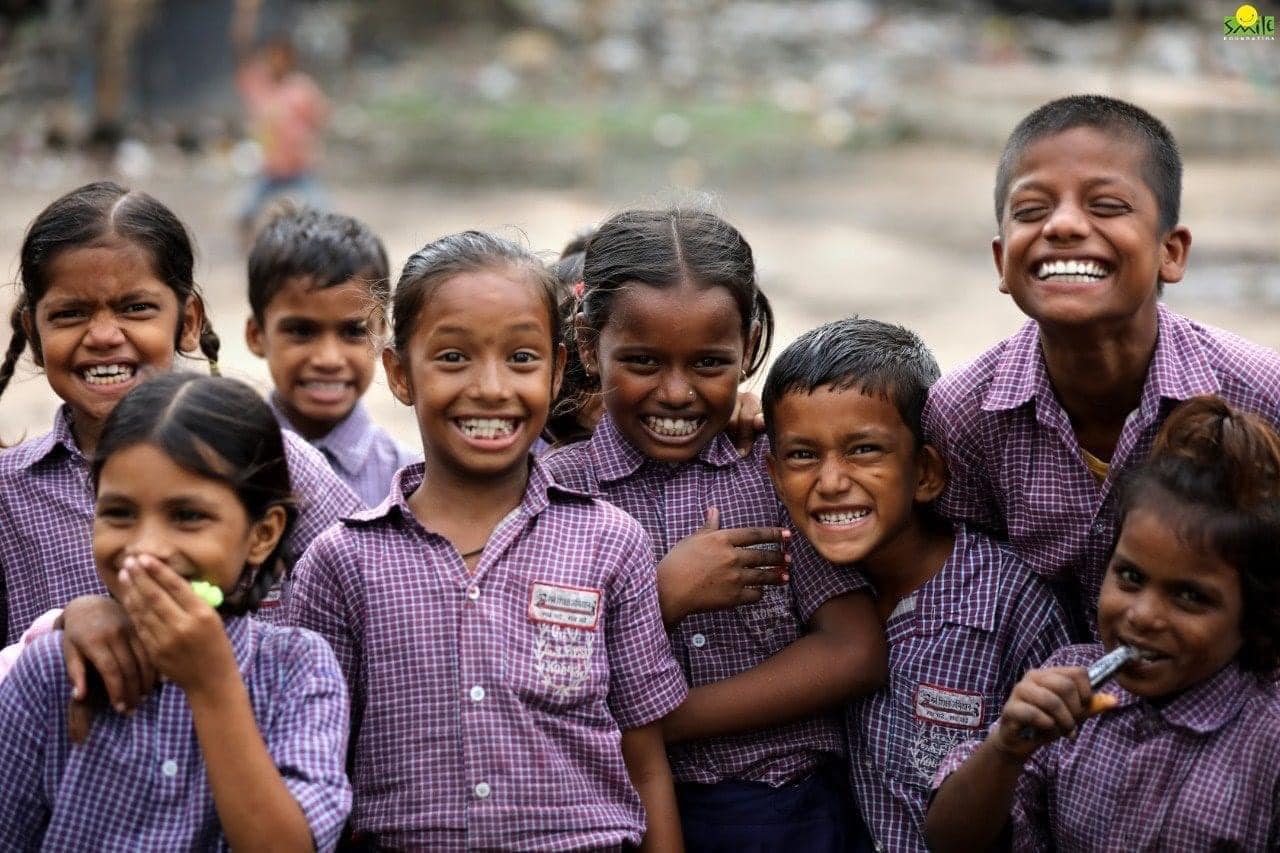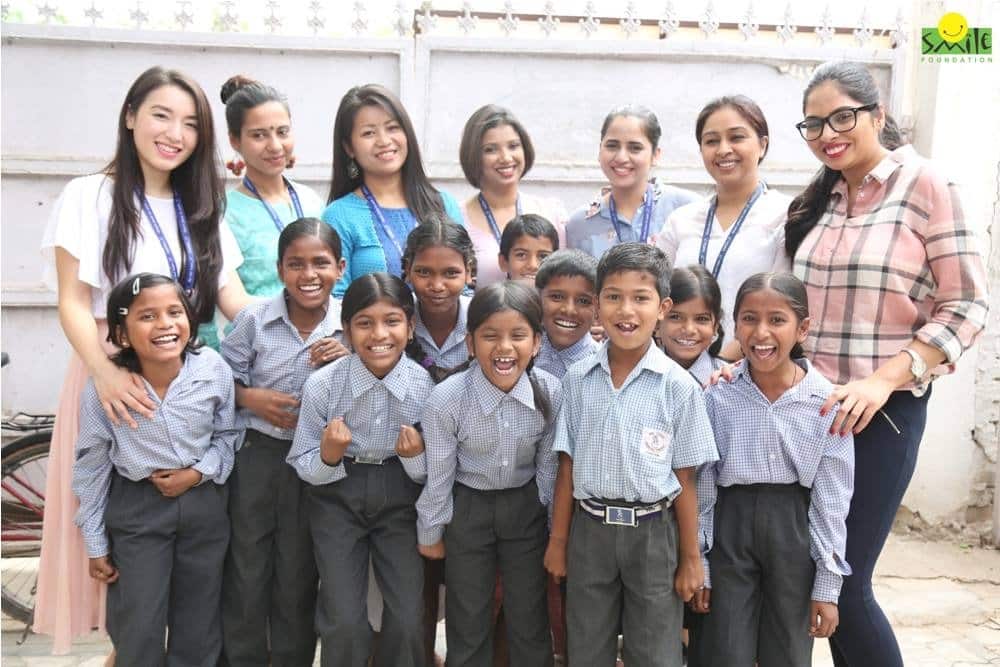The COVID-19 pandemic devastated India, causing thousands of deaths and revealing a serious lack of public health infrastructure. Leaving metro cities aside, the majority of the country doesn’t have a public healthcare structure to rely on. Private hospitals are also few and far in Tier 2 and 3 cities, with the situation worse in rural India.
The lack of public healthcare causes maternal mortality, infant mortality, and malnutrition, with life expectancy and low vaccination rates also low in rural India. It is a concerning issue as more than 70% of the country resides in rural India, yet receives less than 30% of resources for health infrastructure.
Lack of Skilled Medical Professionals
India’s population demands a significant increase in the number of healthcare professionals. The healthcare skill gap in India is felt in every corner, but rural India faces bigger problems.
India has 0.7 doctors and 1.5 nurses per 1,000 people, well below the World Health Organisation (WHO) average of 2.5 doctors and nurses per 1,000 individuals. The country has a shortage of 10 lakh doctors and 20 lakh nurses, with 1.5 lakh nurses and 50,000 doctors needed in Intensive Care Units (ICU) in the coming year.
The need is especially urgent in rural areas as the population doesn’t have access to basic housing and water needs, compounding their problems.
The Government of India (GOI) has tried to address the biggest gaps in healthcare by opening 157 new nursing colleges. Finance Minister Nirmala Sitharam announced it in her Budget 2023 speech. The new nursing colleges would be set up in co-locations with the 157 existing medical colleges the government set up since 2014.
However, increasing the number of students in medical and nursing colleges can only help close part of the healthcare skill gap in India. The country needs a specialised and highly trained workforce of healthcare professionals to reduce mortality rates.
The role of GDAs (General Duty Assistants)
The introduction of General Duty Assistants by the healthcare sector skill council can help mitigate a few critical gaps in healthcare. Patient care is vital as their comfort can help them recover quickly.
General Duty Assistants can help significantly, providing quality care to patients. GDAs are taught how to provide basic nursing care and manage patients, with their training laying special emphasis on empathetic and ethical behaviour. They work closely with doctors, nurses, and other healthcare professionals, learning the ropes of the field.
A GDA course is an excellent option for students aspiring to have a career in hospitals and nursing home settings. Given the rise in India’s population and the gap in healthcare infrastructure, GDAs will find plenty of employment options.
However, upskilling is equally vital, as over 70 million Indians are expected to enter the labour force by 2023. Many will dream about a career in the healthcare domain, making it a competitive space.
Skill development through experience in hospitals and various departments can add credibility to GDAs’ profiles.
Technology as a Solution for Healthcare Skill Gap in India
Experts searching for how to close the gap in healthcare have found the answer in technology. Various new-age technological tools are helping doctors in better diagnosis, treatment, and patient care.
MedTech is an entirely new discipline to help improve patient outcomes and enhance the efficiency of healthcare services. It includes medical devices, software, and digital health solutions. It can revolutionise healthcare in India, bridging the healthcare skill gap, improving access to healthcare services, and enhancing the quality of patient care.
Medical devices such as diagnostic tools, imaging equipment, and monitoring devices can help healthcare professionals diagnose and treat patients accurately and efficiently. These devices can also reduce the workload of healthcare professionals and improve patient outcomes.
Digital health solutions such as telemedicine can also come in handy. Telemedicine allows healthcare professionals to provide medical consultations and advice to patients remotely. It can be particularly useful in rural areas of India, where access to healthcare services is limited.
Patients in rural India can connect with experts in different parts of India and find solutions to their medical problems. With the use of digital health solutions such as telemedicine, patients in remote or underserved areas can receive medical consultations and advice from healthcare professionals without having to travel long distances. This can help improve access to healthcare services and reduce the burden on healthcare facilities in urban areas.
Training and education to healthcare professionals is another way MedTech can help bridge the healthcare skill gap in India. Medical technology companies can provide training and education programs to healthcare professionals on the use of medical devices and digital health solutions. This can help healthcare professionals develop the skills and knowledge they need to deliver quality care.
Closing thoughts
MedTech and GDA courses can drive the innovation envisioned by the NSDC healthcare sector skill council. They can help healthcare professionals take better care of their patients, and focus on developing new and innovative treatment methods. All will reduce the mortality rate in the country.
MedTech companies can play a central role in the research and development domain, developing new and innovative solutions and passing on the knowledge to GDAs.
GDA training is one of the most important elements of Smile Foundation’s livelihood initiative, STeP (Smile Twin e-Learning Programme). 75000 youth have been trained, out of which 47000 have been placed in 400 respectable brands across India till now. You can also step up and change the lives of youth from underserved communities so that they can start contributing toward their own and the nation’s economic independence.









